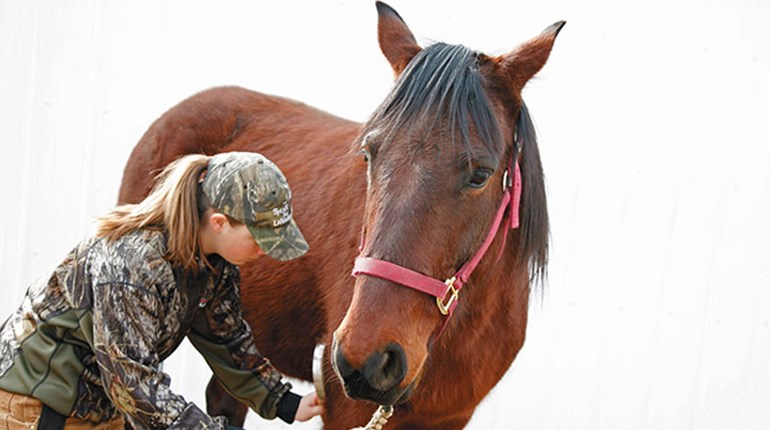
In much of the country hunters are diligently preparing for turkey season. But for guys who are fixated on antlered game, another “season” is rapidly approaching—shed season. Shed hunting has been going on for a long time. Picking up shed antlers has been a way to determine which bucks and bulls survived the winter and offer possibilities of the year to come. Many long-time shed hunters have collections that rival a museum.
During the past couple of weeks I have noticed that several of the whitetail bucks that inhabit my place are now bare headed. Mule deer and elk typically hang on to their headgear a little longer than the eastern interlopers around here. The larger bucks usually drop first; the weight of their big racks causes them to break away sooner.
A burgeoning market for shed antlers has developed, and—like a lot of things—when money is involved competition can turn things ugly. It isn’t unknown for fights to break out between shed hunters in the field. Also, some less-than-scrupulous people harass deer and elk in order to hasten the dropping of large antlers. Harassing already stressed animals doesn’t do them any good in terms of surviving and flourishing for another year. Some states have responded to this type of behavior by restricting shed hunters to a season. Count on licensing (revenue enhancement) to follow at sometime. For reasons too numerous to go into here, I think seasons, licenses and such are a poor alternative to deal with miscreant behavior. However, bureaucrats being bureaucrats, this is what we get when a few of our own harm the whole.
Still, shed hunting is an enjoyable extension of our big game season—a hunter’s Easter egg hunt, if you will. With the weather warming, the snow melting—a false spring hope—I should get off my winter-bloated hiney and head down to the river bottom and see what I’ve got.




































